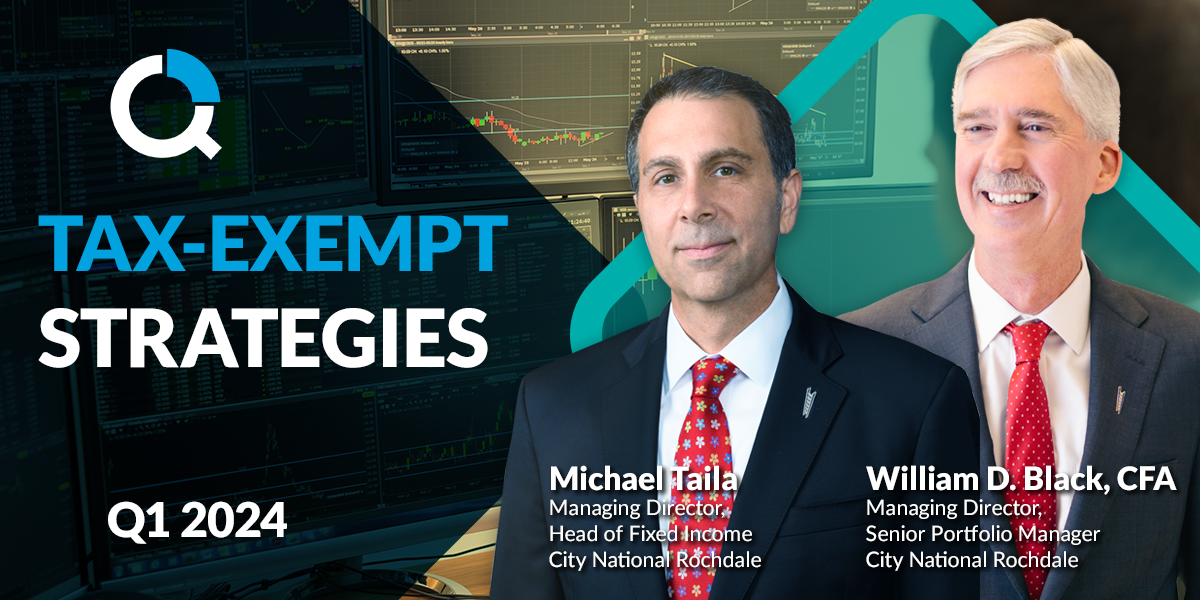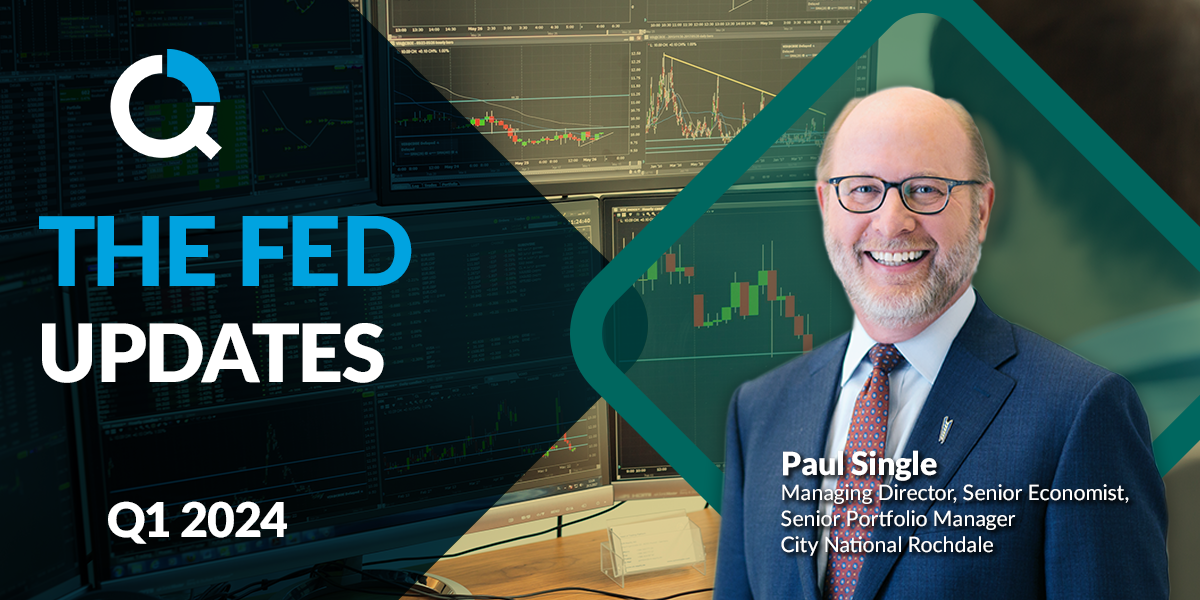
Equity Income: Dividend Stocks – A Deeper Dive Into a Year Below Water
Key Points
- Year-to-date dividend stock underperformance vs. the broader market is a full reversal of outperformance in 2022, but has stabilized in the last quarter.
- Relative pressure seen from both key non-dividend payer outperformance, and key dividend payer underperformance.
- Relatively unchallenging valuations for key dividend sectors suggest that should we enter into a material economic slowdown, they are primed to outperform.
It is no secret that a confluence of events, including a shift in the macroeconomic outlook, concentrated and AI-fueled tech stock gains, and rising rates and their knock-on effects on regional banks, have buffeted the universe of attractive dividend stocks this year.
Through 9/29/23, we have seen a drawdown of -7.8% in our dividend universe. That is -21% behind the broader market, a full reversal from the +21% outperformance dividend stocks posted in 2022. That is also essentially unchanged from where we stood in relative terms at the end of 2Q23 when we wrote about how these ebbs and flows in relative performance tend to correct, or at least shift, over time.
But the relative impact has been felt not just in sectors like IT, or Consumer Discretionary, where non-dividend payer mega-caps have outperformed, but also in the more defensive, income-heavy sectors that have underperformed. Let’s look at two of the most significant sectors that constitute defensive income – Consumer Staples (10% weight) and Utilities (27% weight). They are both among the worst performing sectors this year, down -15% and -13%, respectively.
Space constraints limit our ability to show the historic levels of underperformance and unusual action recently in terms of defensive behavior. And there are legitimate considerations that have driven this result, most importantly higher long-term rates and the prospects for more. There are currently more alternatives for yield. It is an environment where other concerns, such as the potential secular impact of GLP-11 drugs on food consumption, loom larger and drive outsized stock reactions. But we can see that the relative valuation of these two sectors paints a similar picture to that of the attractive dividend universe as a whole, and suggests that we might be at a point of pessimism that is more likely than not, in our view, to lead to outperformance moving forward.
As the two charts below show, both of these sectors are trading at or below one standard deviation below the long-term average relative valuation. Seldom have they been much lower, suggesting that we may be reaching the end of this period of underperformance. When we juxtapose this observation with that of the attractive dividend universe as a whole, we see further confirmation of how we got here, and where the potential for reversal, and dividend stock outperformance, may emerge. It seems evident that should we enter into a material economic slowdown, defensive sectors are primed to outperform.
Chart 1: Relative Fwd P/E Staples vs. S&P 500
Source: Factset, as of 9/29/23.
Past performance is no guarantee of future results.
Indices are unmanaged, and one cannot invest directly in an index. Index returns do not reflect a deduction for fees or expenses.
Chart 2: Relative Fwd P/E Utilities vs. S&P 500
1GLP-1 Drug: GLP-1 agonists are a class of medications that mainly help manage blood sugar (glucose) levels in people with Type 2 diabetes.
Past performance is no guarantee of future results.
Utilities Select Sector SPDR ETF Fund - The Fund is an ETF that trades on the US Stock exchange and seeks to provide investment results that, before expenses, correspond generally to the price and yield performance of the Utilities Select Sector Index. The Fund has a gross expense ratio of .10%.
Consumer Staples Select Sector SPDR ETF Fund - The Fund is an ETF that trades on the US Stock exchange and seeks to provide investment results that, before expenses, correspond generally to the price and yield performance of the Consumer Staples Select Sector Index. The Fund has a gross expense ratio of .10%.
Important Information
The views expressed represent the opinions of City National Rochdale, LLC (CNR) which are subject to change and are not intended as a forecast or guarantee of future results. Stated information is provided for informational purposes only, and should not be perceived as personalized investment, financial, legal or tax advice or a recommendation for any security. It is derived from proprietary and non-proprietary sources which have not been independently verified for accuracy or completeness. While CNR believes the information to be accurate and reliable, we do not claim or have responsibility for its completeness, accuracy, or reliability. Statements of future expectations,estimates, projections, and other forward-looking statements are based on available information and management’s view as of the time of these statements. Accordingly, such statements are inherently speculative as they are based on assumptions which may involve known and unknown risks and uncertainties. Actual results, performance or events may differ materially from those expressed or implied in such statements.
All investing is subject to risk, including the possible loss of the money you invest. As with any investment strategy, there is no guarantee that investment objectives will be met, and investors may lose money. Diversification may not protect against market risk or loss. Past performance is no guarantee of future performance.
There are inherent risks with equity investing. These risks include, but are not limited to stock market, manager, or investment style. Stock markets tend to move in cycles, with periods of rising prices and periods of falling prices.
There are inherent risks with fixed income investing. These risks may include interest rate, call, credit, market, inflation, government policy, liquidity, or junkbond. When interest rates rise, bond prices fall.
Bloomberg risk is the weighted average risk of total volatilities for all portfolio holdings. Total Volatility per holding in Bloomberg is ex-ante (predicted) volatility that is based on the Bloomberg factor model.
Index Definitions
S&P 500 Index: The S&P 500 Index, or Standard & Poor’s 500 Index, is a market-capitalization-weighted index of 500 leading publicly traded companies in the US It is not an exact list of the top 500 US companies by market cap because there are other criteria that the index includes.
Bloomberg Barclays US Aggregate Bond Index (LBUSTRUU): The Bloomberg Aggregate Bond Index or “the Agg” is a broad-based fixed-income index used by bond traders and the managers of mutual funds and exchange-traded funds (ETFs) as a benchmark to measure their relative performance.
GT10: US Government Treasury Yield
Bloomberg Municipal Bond Index: The Bloomberg US Municipal Bond Index measures the performance of investment grade, US dollar-denominated, long-term tax-exempt bonds.
Bloomberg Municipal High Yield Bond Index: The Bloomberg Municipal High Yield Bond Index measures the performance of non-investment grade, US dollar-denominated, and non-rated, tax-exempt bonds.
S&P Leveraged Loan Indexes (S&P LL indexes) are capitalization-weighted syndicated loan indexes based upon market weightings, spreads and interest payments. The S&P/LSTA Leveraged Loan 100 Index (LL100) dates back to 2002 and is a daily tradable index for the US market that seeks to mirror the market-weighted performance of the largest institutional leveraged loans, as determined by criteria. Its ticker on Bloomberg is SPBDLLB.
Bloomberg US Corporate Bond Index: The Bloomberg Barclays US Corporate Bond Index measures the investment grade, fixed-rate, taxable corporate bond market. It includes USD-denominated securities publicly issued by US and non-US industrial, utility and financial issuers.
Bloomberg US High Yield Index: The Bloomberg US Corporate High Yield Index measures the performance of non-investment grade, US dollar-denominated, fixed-rate, taxable corporate bonds.
Bloomberg: LF98TRUU Index: The Bloomberg US Corporate High Yield Bond Index measures the USD-denominated, high yield, fixed-rate corporate bond market. Securities are classified as high yield if the middle rating of Moody’s, Fitch and S&P is Ba1/BB+/BB+ or below. Bonds from issuers with an emerging markets country of risk, based on Bloomberg EM country definition, are excluded. This is the total return index level.
Morningstar SPBDLLY Index: Yield to maturity time series of the Morningstar LSTA US Leveraged Loan 100 Index. The Morningstar LSTA US Leveraged Loan Index is a market-value weighted index designed to measure the performance of the US leveraged loan market.
Bloomberg Investment Grade Index: The Bloomberg US Investment Grade Corporate Bond Index measures the performance of investment grade, corporate, fixed-rate bonds with maturities of one year or more.
Bloomberg Municipal Bond Index: measures the performance of investment grade, US dollar denominated, long term tax exempt bonds. Bloomberg US Treasury Index: includes all publicly issued, U.S. Treasury securities that are rated investment grade, and have $250 million or more of outstanding face value.
Investment Grade (IG) Municipal Bond Index: The Bloomberg US Municipal Bond Index measures the performance of investment grade, US dollar-denominated, long-term tax-exempt bonds.
High Yield (HY) Municipal Bond Index: The Bloomberg Municipal High Yield Bond Index measures the performance of non-investment grade, US dollar-denominated, and non-rated, tax-exempt bonds.
Definitions
Yield to Worst (YTW) is the lower of the yield to maturity or the yield to call. It is essentially the lowest potential rate of return for a bond, excluding delinquency or default.
P/E Ratio: The price-to-earnings ratio (P/E ratio) is the ratio for valuing a company that measures its current share price relative to its earnings per share (EPS).
City National Rochdale Proprietary Quality Ranking formula: 40% Dupont Quality (return on equity adjusted by debt levels), 15% Earnings Stability (volatility of earnings), 15% Revenue Stability (volatility of revenue), 15% Cash Earnings Quality (cash flow vs. net income of company) 15% Balance Sheet Quality (fundamental strength of balance sheet).
*Source: City National Rochdale proprietary ranking system utilizing MSCI and FactSet data. **Rank is a percentile ranking approach whereby 100 is the highest possible score and 1 is the lowest. The City National Rochdale Core compares the weighted average holdings of the strategy to the companies in the S&P 500 on a sector basis. As of September 30, 2022. City National Rochdale proprietary ranking system utilizing MSCI and FactSet data.
Non-deposit investment Products are: • not FDIC insured • not Bank guaranteed • may lose value
Stay Informed.
Get our Insights delivered straight to your inbox.
More from the Quarterly Update
Put our insights to work for you.
If you have a client with more than $1 million in investable assets and want to find out about the benefits of our intelligently personalized portfolio management, speak with an investment consultant near you today.
If you’re a high-net-worth client who's interested in adding an experienced investment manager to your financial team, learn more about working with us here.






